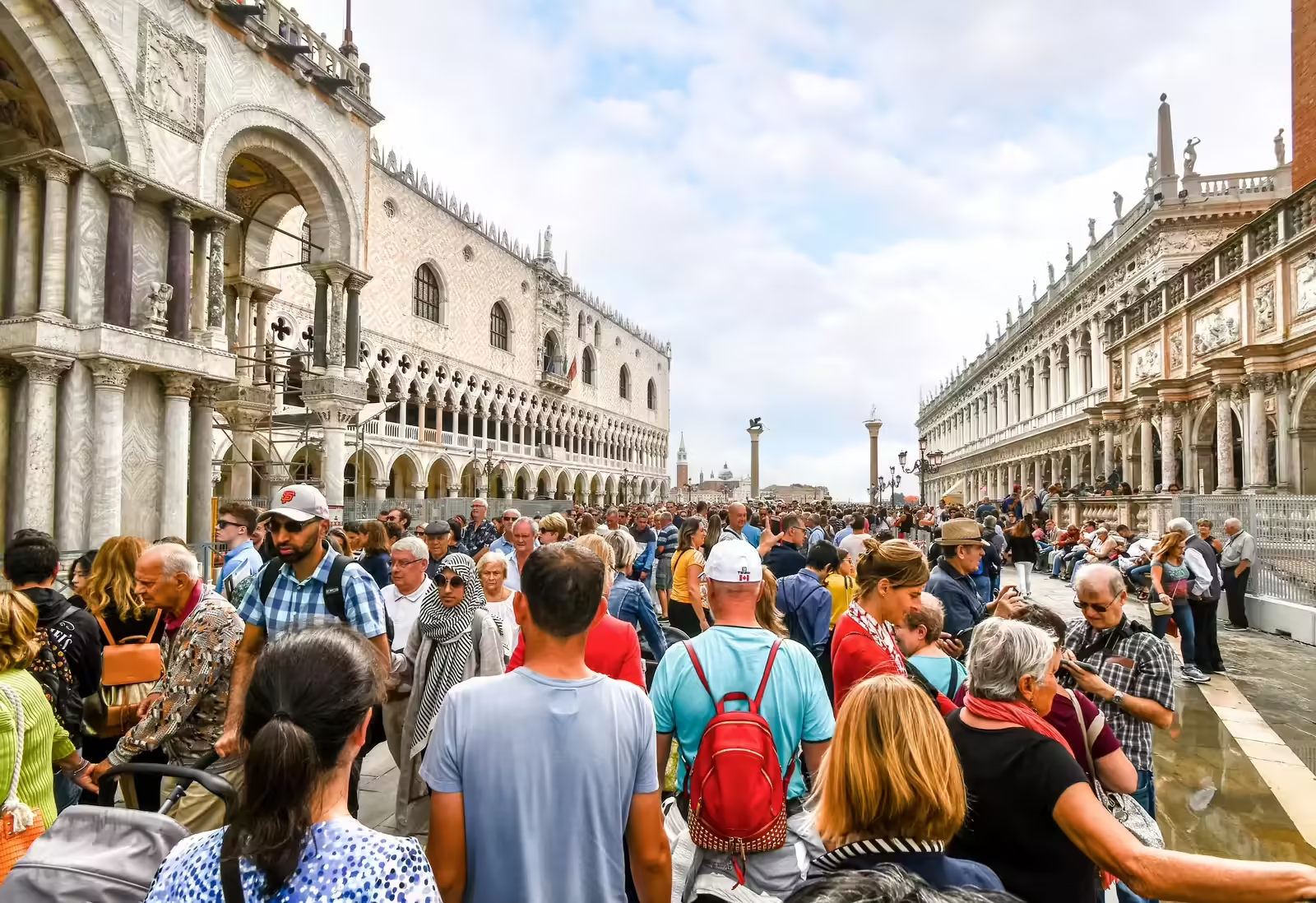Introduction
The surge in global tourism presents unique challenges, particularly regarding overcrowding at popular destinations. Addressing these issues requires proactive measures from governments, businesses, and communities alike. Here, various strategies are proposed for managing this growing concern while ensuring the sustainability of local ecosystems and economies.
Understanding the Impact of Overcrowding
As travel and tourism gain momentum, the World Travel & Tourism Council (WTTC) emphasizes the importance of responsible destination management. Overcrowding can often stem from inadequate infrastructure, disjointed decision-making, and insufficient community involvement. This challenge can hinder the positive contributions of tourism, such as job creation and cultural exchange.
Key Economic Contributions
In 2024, tourism is projected to generate nearly USD 11 trillion in global GDP, supporting approximately 357 million jobs worldwide. Governments benefit significantly from these earnings, collecting over USD 3.3 trillion annually in taxes from tourism-related activities. However, WTTC argues that these revenues must be wisely reinvested to bolster infrastructure, enhance planning, and ultimately benefit both residents and visitors.
Six Strategies for Effective Destination Management
To better handle the surges in visitation, the WTTC recommends the implementation of six actionable strategies:
- Inclusive Stakeholder Taskforces: Form taskforces comprising local stakeholders, businesses, and government representatives to promote collaboration and accountability.
- Shared Vision Development: Create shared planning strategies that reflect the needs and aspirations of the community and the tourism industry.
- Data-Driven Assessment: Utilize evidence-based data to identify tourism pressure points and monitor them regularly to respond proactively.
- Transparent Investment in Infrastructure: Commit to transparent budgeting practices for infrastructure improvements and sustainability measures.
- Empower Local Communities: Encourage community involvement in tourism decisions and planning to give locals a stake in the benefits of tourism.
- Monitor and Adjust Strategies Proactively: Regularly assess the effectiveness of these strategies and adjust them based on ongoing evaluation.
The Broader Perspective on Sustainable Growth
Julia Simpson, President & CEO of WTTC, emphasizes that tourism brings significant benefits, including job creation and cultural exchange. Nevertheless, it is crucial that this growth is managed with care. Growth should not be equated with unrestrained tourism; it should be about producing positive experiences for all stakeholders involved.
Risks of Short-Term Solutions
The report also cautions against short-term fixes, such as implementing tourism taxes and visitor caps, which might not resolve underlying issues and could lead to long-term economic repercussions. For instance, an analysis suggests that if major European cities imposed visitor limits, it could result in a GDP loss of USD 245 billion over three years, risking approximately 3 million jobs.
Successful Models to Draw Inspiration From
Several destinations, including Barcelona, Dubrovnik, and Iceland, have successfully adopted comprehensive management approaches, leveraging public-private partnerships and using tourism levies for environmental protection and community benefits. Such models illustrate that sustainability and prosperity can coexist.
Embracing Change in Global Tourism
The WTTC encourages global tourism leaders to view ongoing challenges as opportunities to reform operational frameworks and enhance sustainability. This transition could yield lasting benefits for communities and preserve cultural identities for future generations.
Conclusion
In summary, managing tourist overcrowding in popular destinations is a pressing issue that requires collective effort and strategic planning. By adopting inclusive practices and empowering local communities, destinations can not only manage tourist flow effectively but also enhance the overall experience for visitors. For those planning their trips, utilizing platforms like GetTransfer.com can simplify your travel logistics, allowing you to choose the vehicle best suited for your needs while providing transparency on prices and options. This way, you can enjoy your travels without additional stress, knowing you’ve made an informed choice about your transportation. Book your Ride with GetTransfer.com.


Comments